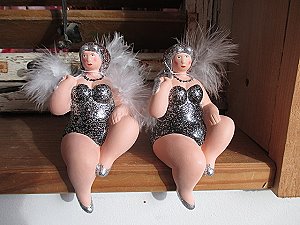Determining the Core Desire of your Target Audience
 Following up on my recent post, Writing Content for a Website, I was watching a video by Charles Kirkland this weekend on Core Desires of Audiences. The training was for targeting audiences with paid advertising, but I think it’s important to consider when writing website content for specific personas AND how much you can charge with the right positioning.
Following up on my recent post, Writing Content for a Website, I was watching a video by Charles Kirkland this weekend on Core Desires of Audiences. The training was for targeting audiences with paid advertising, but I think it’s important to consider when writing website content for specific personas AND how much you can charge with the right positioning.
Read the classic book: Positioning: The Battle for Your Mind by Al Ries & Jack Trout
Charles calls it the C4 Strategy. Read on to learn how to avoid commodity products and pricing for a stronger brand and revenues.
The first example Charles used was in the ‘lose weight’ niche and he identified that as the broad category that almost everyone was targeting – of interest to many, but not a passion. On the surface level, they are saying, “I’d like to lose weight.”
There are two things wrong with that…
A) Everyone is targeting it, so competition is high.
B) There may be a more powerful passion, desire or outcome with lower competition and higher perceived value that you can target.
Take it a step further and you might find your prospect saying…”I’d like to be healthier.” Most advertisers will target those top 2 core desires. Charles says that it’s usually the 4th level where you get the best return, hence the “C4 Strategy.”
The third core desire of people in the ‘lose weight’ niche are those who want to “Feel better and have more energy.” It’s more specific, but maybe not a passion.
Deep down, the biggest core desire is to feel sexy. She doesn’t want to turn the lights down before her husband comes to bed. She wants to feel sexy and desirable. Losing weight, being healthier, feeling better and having more energy all matter, but most people perceive being sexier as as a much bigger core goal or desire. Continue reading
